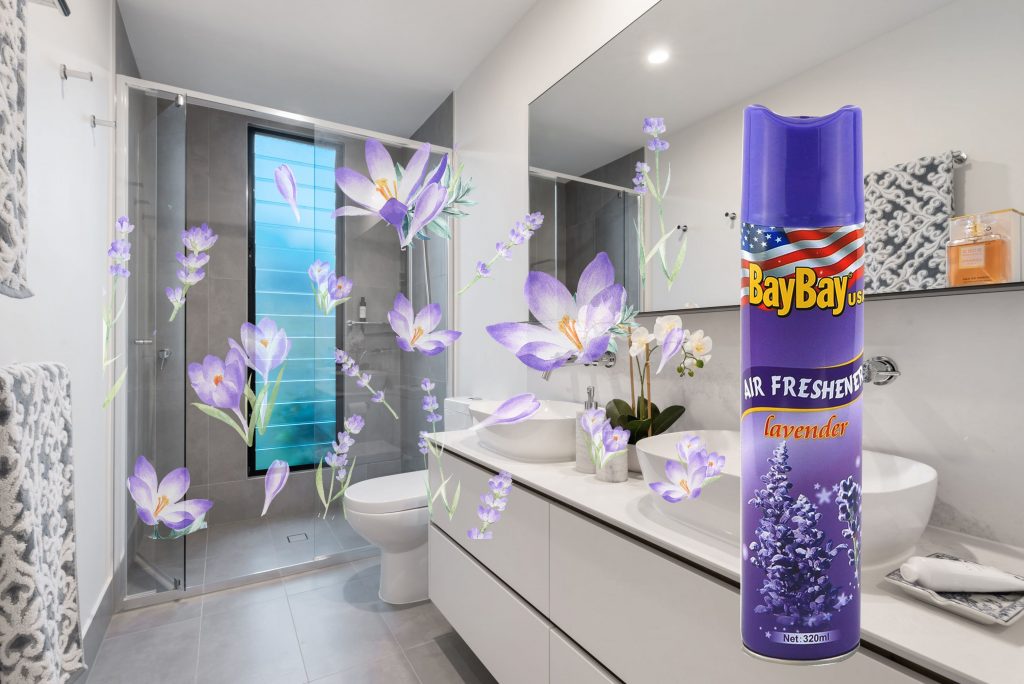Uncovering the Science Behind Air Fresheners
Walking into a room greeted by a pleasant fragrance can instantly uplift your mood. But foul odors can elicit the opposite response. To combat unpleasant smells, many turn to air fresheners. These products work by dispersing fragrant molecules into the air to mask or neutralize odors. Let’s dive into the science behind how air fresheners interact with our noses and minds.
The Impact of Smell on Emotions and Memory
Before exploring air freshener science, it’s key to understand how smell affects us. Our olfactory system is directly tied to the brain’s limbic system, controlling emotion and memory. When we smell something, reactions cascade in our brain, sparking emotional and cognitive responses. Good scents evoke positive feelings while bad odors cause discomfort or repulsion. This is why air fresheners can positively influence our moods.
Key Types of Air Fresheners
There are several air freshener types, each with unique fragrance dispersion methods. Sprays provide instant but temporary odor elimination. Plug-in diffusers release fragrance continuously over weeks. Passive reed diffusers rely on bamboo sticks to gradually diffuse oils. Gels use fragranced beads to absorb and neutralize odors. Each offers pros and cons to suit specific needs.
How Air Fresheners Work – The Science of Scent Diffusion
Air fresheners work by dispersing fragrant molecules into the air to mask or neutralize unpleasant odors. Several scientific processes are at play. First, the product must contain volatile aromatic compounds that evaporate easily. Heat and airflow help accelerate diffusion. As fragrance molecules spread, they interact with receptors inside our nose, sending signals about the scent to our brain. An effective air freshener will maintain an optimal, consistent concentration of fragrance to cover bad smells.
Benefits of Using Air Fresheners
Beyond just making things smell better, air fresheners offer additional benefits:
- Eliminate unpleasant odors from cooking, pets, smoke, etc.
- Leave behind more desirable scents to create inviting spaces.
- Positively influence mood and relaxation with pleasing fragrances.
- Increase focus and alertness with stimulating scents like citrus or mint.
To choose an optimal air freshener, consider:
- Fragrance – Find pleasing scents aligned with your needs and preferences.
- Room size – Match freshener power and coverage area.
- Safety – Avoid ingredients you’re sensitive or allergic to.
- Scent intensity – Light, medium, or strong depending on odor levels.
Tips for Using Air Fresheners Strategically
Place air fresheners where airflow will maximize diffusion. Adjust the frequency based on odor intensity and personal preference. Experiment to find the right products and usage cadence for each space.
Common Myths and Misconceptions
Modern air fresheners are generally safe if used as directed. While some chemicals may irritate sensitive individuals, most don’t pose health risks. Many also now use more natural, eco-friendly ingredients compared to older formulas. But be sure to vet products carefully if concerned.
Understanding the science behind air fresheners allows us to strategically use them to enhance indoor spaces. Matching the right product, scent, and usage routine to your unique needs and environment is key to effectively eliminating odors for a pleasant aroma.







